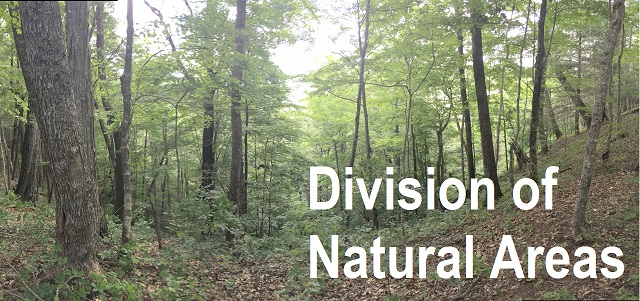Title
Identification of sediment sources in forested watersheds with surface coal mining disturbance using carbon and nitrogen isotopes
Document Type
Article
Publication Date
10-2009
DOI
10.1111/j.1752-1688.2009.00365.x
Abstract
Sediments and soils were analyzed using stable carbon and nitrogen isotope ratio mass spectrometry and carbon and nitrogen elemental analyses to evaluate the their ability to indicate land-use and land management disturbance and pinpoint loading from sediment transport sources in forested watersheds disturbed by surface coal mining. Samples of transported sediment particulate organic matter were collected from four watersheds in the Southern Appalachian forest region of southeastern Kentucky. The four watersheds had different surface coal mining history that were classified as undisturbed, active mining, and reclaimed conditions. Soil samples were analyzed including reclaimed grassland soils, undisturbed forest soils, geogenic organic matter associated with coal fragments in mining spoil, and soil organic matter from un-mined grassland soils. Statistically significant differences were found for all biogeochemical signatures when comparing transported sediments from undisturbed watersheds and surface coal mining disturbed watersheds, and the results were attributed to differences in erosion sources and the presence of geogenic organic matter. Sediment transport sources in the surface coal mining watersheds were analyzed using Monte Carlo mass balance un-mixing and it was found that: δ15N showed the ability to differentiate streambank erosion and surface soil erosion; and δ13C showed the ability to differentiate soil organic matter and geogenic organic matter. Results from the analyses suggest that streambank erosion downstream of surface coal mining sites is an especially significant source of sediment in coal mining disturbed watersheds. Further, the results suggest that the sediment transport processes governing streambank erosion loads are taking longer to reach geomorphologic equilibrium in the watershed as compared with the surface erosion processes. The dual-isotope technique provides a useful method for further investigation of the impact of surface coal mining in the uplands of the watershed upon the geomorphologic state of the channel and the source of organic matter in aquatic systems impacted by surface coal mining.
Recommended Citation
Fox, J. F. 2009. Identification of sediment sources in forested watersheds with surface coal mining disturbance using carbon and nitrogen isotopes. Journal of the American Water Resources Association 45:1273-1289. doi:10.1111/j.1752-1688.2009.00365.x



Comments
"The author would like to thank the anonymous reviewers for providing suggestions that helped to significantly improve the quality of this manuscript. The author would like to thank Harold Rowe for performing isotope ratios mass spectrometry of the samples. The author would like to acknowledge Michelle Sliter for assisting with geospatial analysis, Charles Davis and Darren Martin for assisting with sample preparation in the laboratory, and Alice Jones, Robert Watts and Melinda Wilder for assisting with access to the study sites and information about the sites and region. Partial support of this project was provided under NSF Award No. 0754153, KY NSF EPSCoR Research Scholars Program, and research funding provided by the University of Kentucky." (p. 1288)